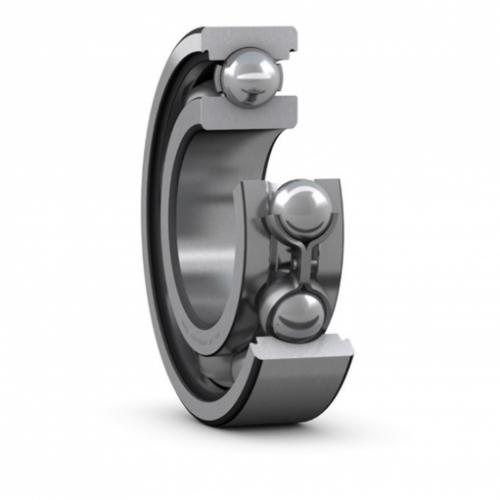Demystifying Ball Bearings: A Short Guide

Ball bearings may not be the most glamorous topic, but they
are essential components that quietly keep the world moving. From cars to
industrial machinery, ball bearings play a crucial role in reducing friction
and ensuring smooth operation. In this short guide, we'll take a closer look at
what ball
bearings are, how they work, and why they're so important.
Understanding Ball Bearings
At their core, ball bearings
are simple yet ingenious devices designed to facilitate smooth motion by
reducing friction between two surfaces. They consist of an outer ring, an inner
ring, a cage, and balls positioned between the rings. The balls allow the inner
and outer rings to rotate freely relative to each other, with the cage
maintaining proper spacing between the balls.
How Ball Bearings Work?
When a force is applied to the inner or outer ring, the
balls roll smoothly along the raceways, distributing the load evenly and
minimizing friction. This design enables ball bearings to handle both radial
and axial loads, making them versatile components used in a wide range of
applications.
Types of Ball Bearings
Ball bearings come in various designs to suit different
needs. Some common types include deep groove ball bearings, angular
contact ball bearings, and thrust ball bearings. Each type is
engineered to accommodate specific loads and operating conditions, ensuring
optimal performance in various environments.
Importance in Industry
In industrial settings, ball bearings are integral to the
smooth operation of machinery and equipment. Whether it's in manufacturing
plants, automotive assembly lines, or power generation facilities, the
reliability and efficiency of ball bearings can directly impact productivity
and uptime. Regular maintenance and proper lubrication are crucial for ensuring
the longevity of ball bearings and preventing costly downtime due to premature
failure.
Innovations and Future Trends
Advancements in materials science and manufacturing
technologies continue to drive innovation in the field of ball bearings. From
ceramic balls for higher speed applications to self-lubricating bearings for
maintenance-free operation, manufacturers are constantly developing new
solutions to meet the evolving demands of various industries.
Conclusion
While often overlooked, ball
bearings are indispensable components that keep our world in motion. By
understanding how they work and their importance in various applications, we
gain a greater appreciation for these seemingly simple yet incredibly vital
devices. Whether you're a mechanical engineer designing precision machinery or
a car enthusiast exploring the inner workings of an engine, the humble ball
bearing deserves recognition for its role in shaping modern technology.






Comments